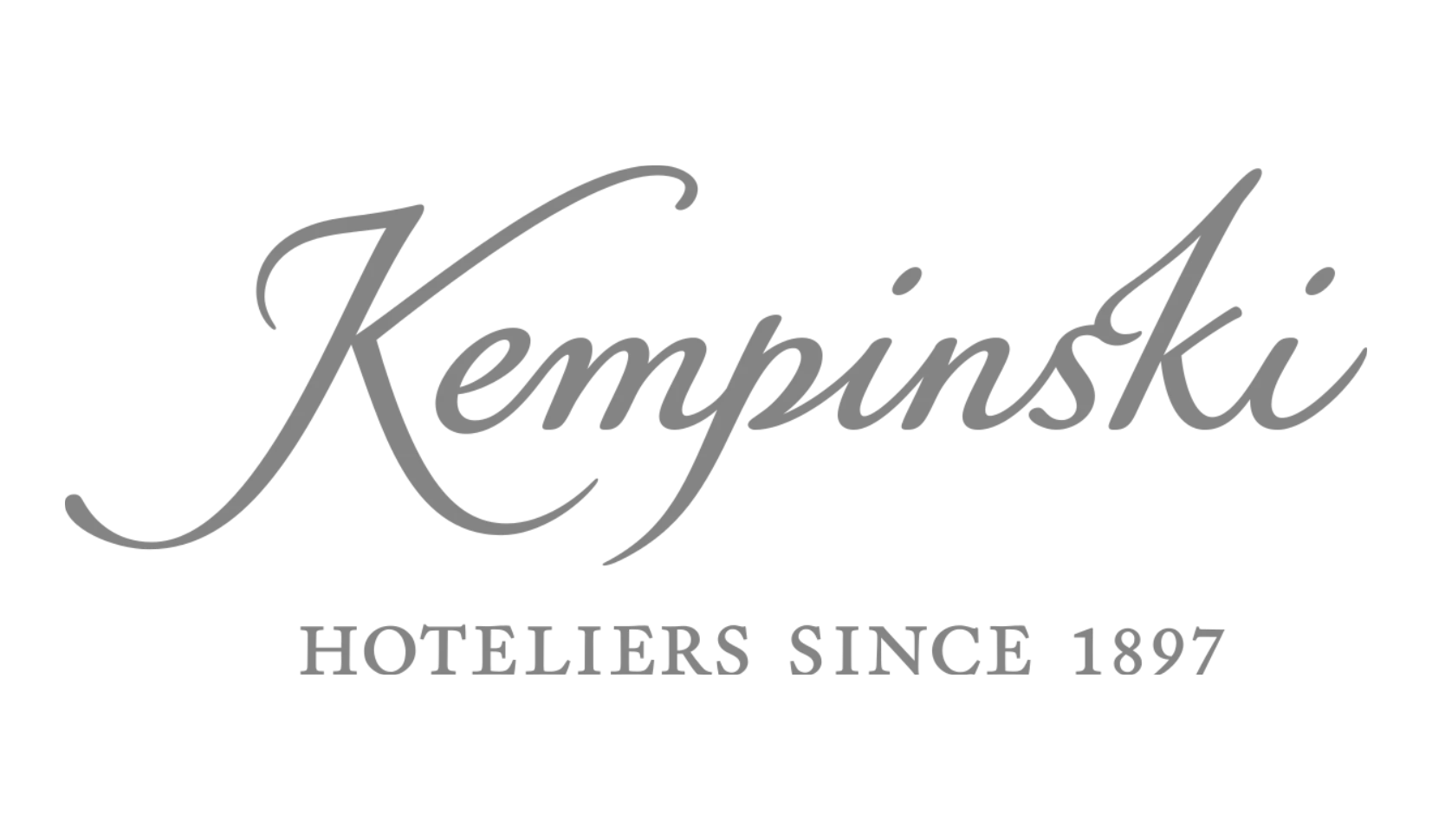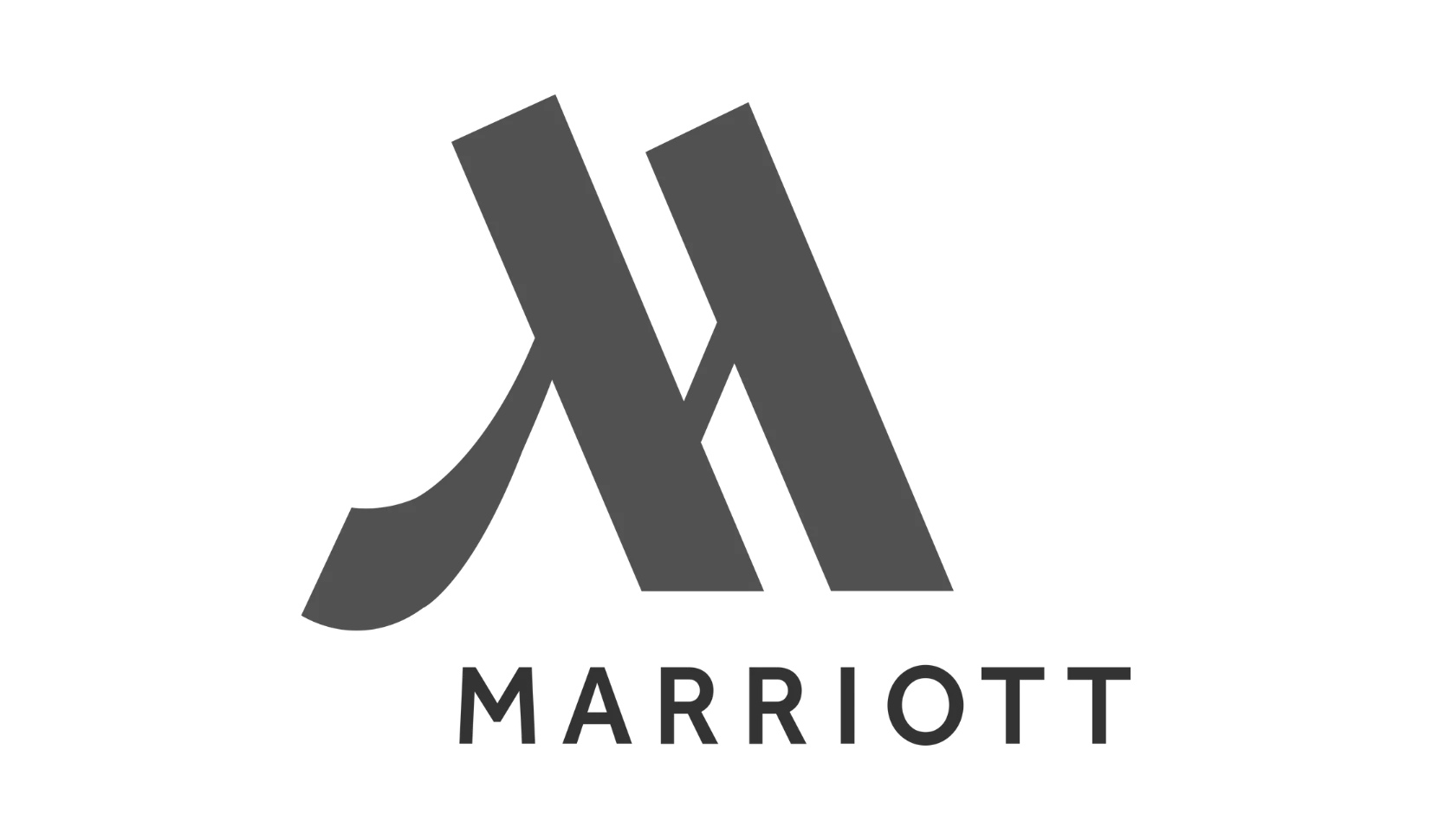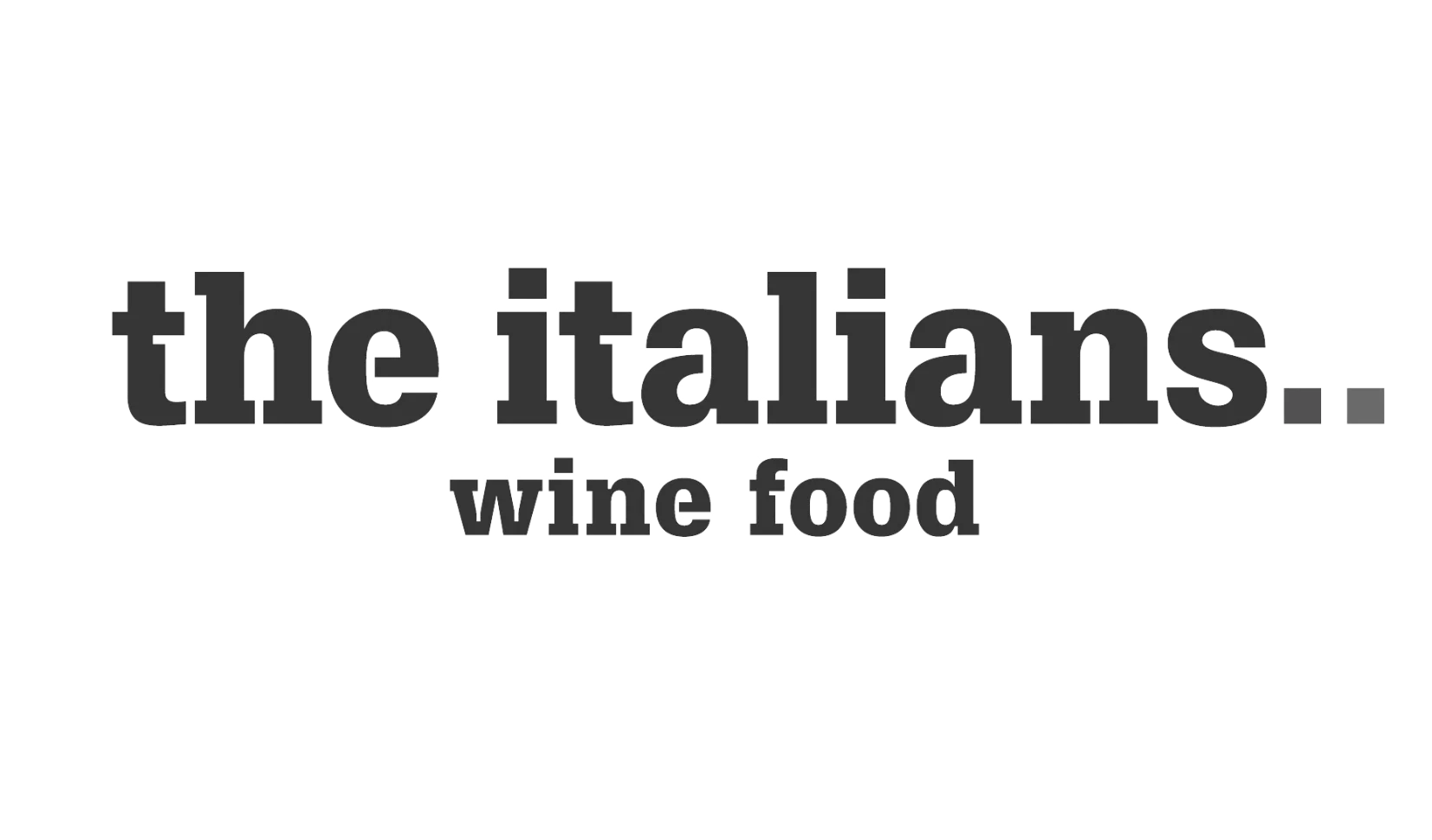In order to streamline operations and increase efficiency, restaurateurs are switching to modern technologies both in the kitchen and for taking reservations & allocating tables. However, employee scheduling is another area that can benefit tremendously from technological developments.
Restaurants can modernise their scheduling procedures to boost output, cut expenses, and eventually accelerate profitability. This blog article analyses the importance of modernising employee scheduling in the restaurant business, and highlights the advantages it offers both employers and employees.
What exactly is Employee Scheduling?
Employee scheduling is the process of establishing and overseeing a company’s employees’ work schedules. It includes allocating shifts, figuring out work schedules, and making sure there is enough coverage for various jobs and departments. Considerations for effective staff scheduling include personnel availability, skill sets, labour laws, and corporate needs.
It tries to strike a balance between the organisation’s needs and the employees’ preferences and availability, assuring efficient operations and optimising production. In general, employee scheduling is essential for preserving an organised workforce and maximising resource use.
The problems with conventional scheduling techniques

1. Labor-intensive and time-consuming processes: Manually scheduling employees can be a tiresome chore that takes a lot of time and effort. It entails planning availability, controlling shift swaps, making sure there is adequate coverage, and doing all of this while taking labour regulations and employee preferences into account.
2. Restaurants operate in a dynamic environment in which unexpected changes in workforce requirements are frequent. This calls for regular timetable modifications, resulting in ongoing alterations and probable mistakes.
3. Lack of real-time visibility: When using traditional methods, managers frequently cannot see the availability, schedule changes, and time-off requests of their employees in real-time. This results in miscommunications, scheduling issues, and a general lack of transparency.
4. Issues with compliance and labour laws: Relying on manual scheduling might make it difficult to adhere to labour laws and regulations, such as those governing overtime and break obligations. Compliance mistakes may result in fines and legal implications.
Technology-based modernization of employee scheduling
Fortunately, technology has changed how labour scheduling is done, giving restaurateurs effective and simple options. Restaurants can overcome the difficulties posed by outdated procedures and reap a number of advantages by upgrading scheduling procedures. Let’s examine a few of the main benefits:
1. Cost and time savings
Automating personnel scheduling results in time savings and labour cost savings. Schedules can be swiftly produced using the correct software based on established criteria, personnel availability, and labour requirements. There is no longer any need for manual computations or the customary back and forth communication involved in scheduling. Now, managers can devote their time to more crucial duties like staff training, enhancing customer service, and expanding the company.
2. Enhanced accuracy and error reduction
The chance of mistakes and scheduling difficulties is reduced by technology. Automated scheduling software ensures the right number of employees for each shift by taking into account things like employee preferences, availability, and necessary skill sets. The necessity for manual data entry and calculations is eliminated, which reduces the possibility of errors and increases accuracy overall.
3. Real-time communication and visibility
Modern scheduling solutions provide real-time visibility into personnel availability, shift changes, and time-off requests. With the use of cloud-based software, managers can remotely check calendars and make real-time modifications and announcements to the entire workforce. Staff members may examine their calendars, request time off, and exchange shifts, promoting transparency and enabling workers to exercise more control over their schedules.
4. Observance of Labor Laws
Systems with scheduling capabilities can aid in ensuring adherence to labour rules and regulations. These solutions reduce the risk of non-compliance by automatically calculating and tracking hours worked, monitoring overtime, and managing break requirements. Restaurant owners can lessen legal risks and stay out of trouble by using software that follows labour law rules.
5. A higher level of employee satisfaction and retention
Restaurants can encourage a healthy work atmosphere by providing employees more choice over their schedules, catering to their preferences, and making sure there is a fair division of tasks. This results in less turnover and a stronger sense of teamwork.
Selecting the best software for employee scheduling
Getting the appropriate personnel scheduling software for your restaurant is critical in order to completely profit from contemporary scheduling. When choosing a solution, take into account the following characteristics:

User-friendly interface: Look for software that requires little to no training for both managers and staff and has an intuitive, simple-to-use interface.
Options for customization: Make sure the program enables you to modify the scheduling criteria to meet your requirements. Ensure it takes into account elements like skill requirements, shift preferences, and labor laws.
Integration capabilities: Take into account software that can easily integrate with other restaurant management systems, such as point-of-sale systems, payroll systems, and reservation management software.
Mobile-friendly: Choose software that has mobile accessibility so that managers and staff can access schedules and make changes while on the go.
Reporting and analytics: Software with strong reporting and analytics features can offer insights into patterns in labour expenses, worker productivity, and scheduling.
In conclusion
Modernising personnel scheduling is crucial for the profitability of restaurants. Restaurant owners may streamline operations, cut expenses, increase accuracy, and boost staff satisfaction by embracing scheduling technologies. Accept the efficiency that contemporary labour scheduling unleashes, and watch your business prosper in a market that is getting more and more cutthroat.
Take your restaurant’s efficiency to the next level and focus on what truly matters: delivering exceptional dining experiences. Discover the power of Tableo and unlock the potential of your restaurant today. Like what you’re reading? Follow us for more!

Unlock the tips that will help you stand out from the crowd and get more bookings!

Learn how to save time, reduce stress and fill your restaurant while you sleep!

Stephanie Bugeja
Tableo’s design-savvy Marketing Executive, Stephanie blends UX expertise with creative flair. Lover of clean layouts and cornetti in Rome.

Stephanie Bugeja
Tableo’s design-savvy Marketing Executive, Stephanie blends UX expertise with creative flair. Lover of clean layouts and cornetti in Rome.









